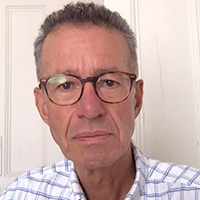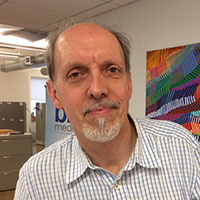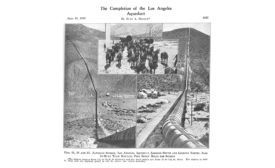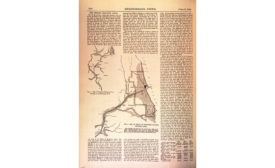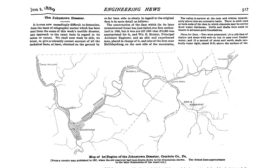Home » Construction history
Articles Tagged with ''Construction history''
Construction History
ENR Travel Memories: A Long Way to a Record Dam in the Philippines, 2000
Read MoreThe latest news and information
#1 Source for Construction News, Data, Rankings, Analysis, and Commentary
JOIN ENR UNLIMITEDCopyright ©2025. All Rights Reserved BNP Media.
Design, CMS, Hosting & Web Development :: ePublishing

